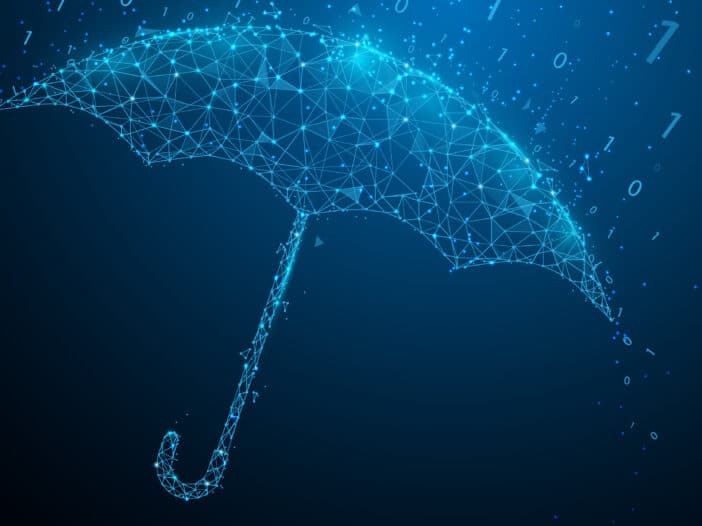
The digital landscape offers incredible opportunities for businesses, but it also comes with inherent risks. Data breaches and cyberattacks are a growing concern in 2024, with statistics showing a constant rise in both frequency and financial impact. While the headlines often focus on large-scale attacks, businesses of all sizes are potential targets.
This is where cybersecurity insurance comes in. It provides a financial safety net in the event of an attack, but obtaining the best coverage often hinges on implementing strong security measures. Understanding these requirements and taking proactive steps to safeguard your data strengthens your defenses, minimizes risks, and positions you for optimal cybersecurity insurance coverage.
MFA Authentication is Important for Cybersecurity Insurance
Multi-factor Authentication (MFA) adds an extra layer of security to login attempts. Beyond a username and password, MFA requires a second verification factor, like a code sent to your phone or a fingerprint scan. This significantly reduces the risk of unauthorized access, a major concern for insurers.
Endpoint Protection Solutions are Critical
Endpoint protection solutions like antivirus and anti-malware software actively monitor devices for threats. They can detect and prevent malware infections, phishing attempts, and other malicious activities. Cybersecurity insurance providers typically require these solutions as a baseline defense.
Secure VPNs Provide Network Security
Virtual Private Networks (VPNs) encrypt data traveling across the internet, creating a secure tunnel between your device and the network. This is crucial, especially when using public Wi-Fi. Cybersecurity insurance providers often require businesses to utilize VPNs to ensure secure remote access.
Ensure Data Security with Regular Data Backups
Regular data backups create copies of your critical information. In the event of a cyberattack, having a recent backup allows for swift data restoration and minimizes downtime. Patching outdated software is equally important, as unpatched systems are vulnerable to known exploits. A comprehensive backup and patching strategy is essential for data recovery and aligns with cybersecurity insurance requirements.
Cybersecurity Plan and Policies
A well-defined cybersecurity plan outlines your organization’s approach to protecting data and systems. It should include policies for password management, acceptable use of technology, and incident response. Additionally, addressing end-of-life software, implementing a budget for security measures, and securing privileged accounts demonstrate a proactive approach to risk mitigation, a requirement for most cybersecurity insurance providers.
Asset Management is Important for Cybersecurity
Asset management involves keeping an accurate inventory of all hardware, software, and other IT resources within your organization. This includes tracking devices, user accounts, and access permissions. Privileged Asset Management (PAM) focuses on securing access to critical systems and data. Cyber insurers require businesses to have a comprehensive asset management strategy to identify and secure potential vulnerabilities.
Cybersecurity Staff Training and Disaster Drills
Regular cybersecurity training equips your employees to identify and avoid cyber threats. Training should cover topics like phishing scams, social engineering, and best practices for password security. Simulating cyberattacks through disaster drills helps identify weaknesses and ensures your team is prepared to react effectively in a real attack. Email security awareness training is particularly crucial as a significant portion of cyberattacks target unsuspecting users through email.
How Diamond IT Helps You Meet Cybersecurity Insurance Requirements
Diamond IT offers a comprehensive suite of services designed to strengthen your cybersecurity posture and align with insurance requirements. Our team of experts can assist you with:
- Implementing robust Multi-Factor Authentication solutions
- Selecting and deploying top-tier endpoint protection software
- Configuring secure VPN connections
- Establishing a comprehensive data backup and recovery plan
- Developing and implementing effective cybersecurity policies and procedures
- Conducting thorough asset discovery and implementing privileged access management
- Providing ongoing cybersecurity awareness training for your staff
Contact Diamond IT today to discuss your cybersecurity needs and gain peace of mind knowing your business is protected and positioned for optimal cybersecurity insurance coverage.